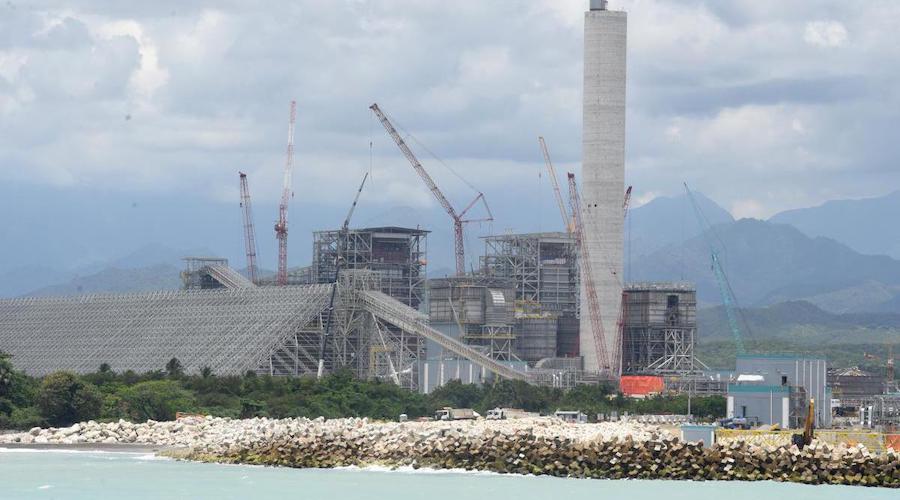
Levels of molybdenum, selenium, lithium, thallium, barium, lead and other metals in leachates extracted from the coal ash exceeded both WHO and EPA guidelines
But according to the Duke report prepared by Zhen Wang and Avner Vengosh, coal ash from Punta Catalina revealed high concentrations of arsenic, selenium and other potentially harmful heavy metals – well beyond what is typically seen in common soils.
“Toxicity tests show that, in some cases, the level of contaminants that leach out of the ash when it is released into the environment could exceed World Health Organization and US Environmental Protection Agency standards for drinking water and ecological health,” Vengosh said in a media statement.
These findings suggest that the unregulated disposal or release of coal ash from the plant into the environment could contaminate local soils and water resources and pose high environmental and human health risks in surrounding communities.
To reach these conclusions, Vengosh and Wang analyzed a coal ash sample from Punta Catalina and looked for heavy metal contents using a suite of toxicity tests that identify and measure the contaminants that leach out of the coal ash when it is released into the environment under different acidity conditions.
After doing this, they noticed that levels of molybdenum, selenium, lithium, thallium, barium, lead and other metals in leachates extracted from the coal ash exceeded both WHO and EPA guidelines.
“One of the objectives of this project was to provide environmental groups, regulatory agencies and community leaders in the Dominican Republic with unbiased scientific information to support efforts to protect the environment and human health there,” Vengosh said.




